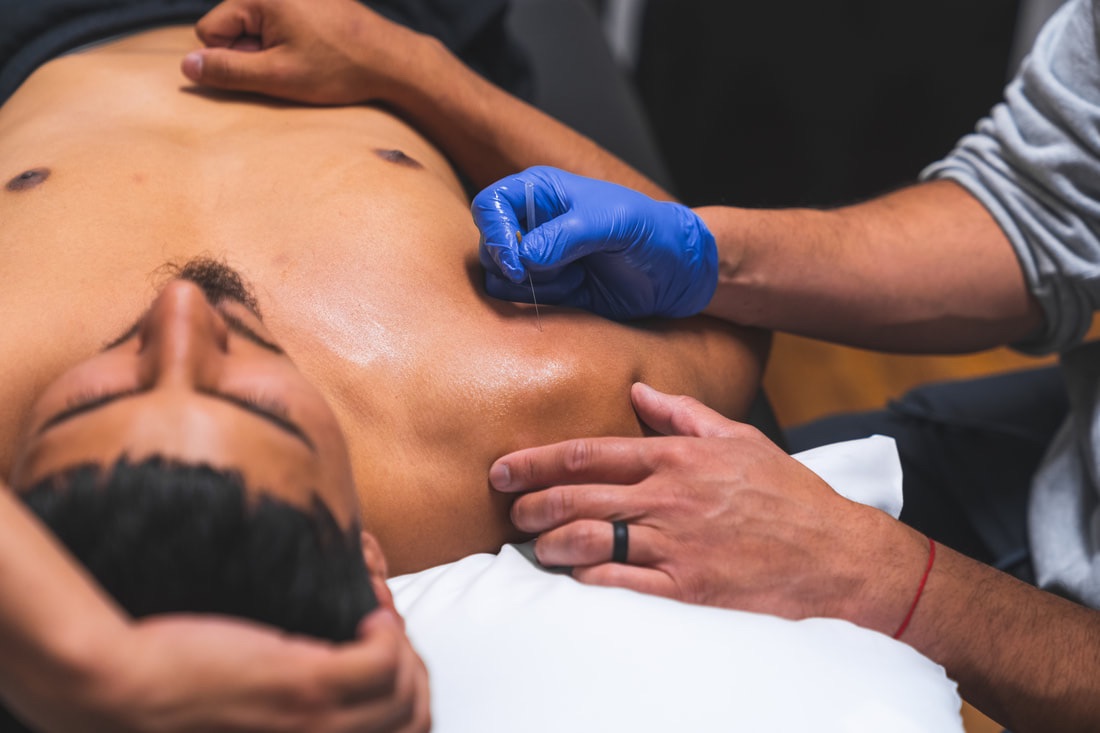Dry needling is a technique used in physical therapy to treat muscle pain and dysfunction. It involves the insertion of thin, solid needles into the skin, targeting trigger points, or knots, in the muscles. Dry needling is distinct from acupuncture, as it focuses on musculoskeletal issues rather than traditional Chinese medicine concepts.
The goal of dry needling is to release tension and alleviate pain by stimulating the trigger points within the muscles. The needles used are typically much thinner than those used in injections, and they are inserted into specific points in the muscle or soft tissues. The needle may be manipulated or left in place for a short period of time.
The process of dry needling can have several effects on the muscles and surrounding tissues. It can stimulate blood flow, promote the release of endorphins (natural painkillers), and relax or reset overly contracted muscles. By targeting trigger points, dry needling aims to reduce pain, improve range of motion, and restore normal muscle function.
Dry needling is often used as part of a comprehensive physical therapy treatment plan, which may include other interventions such as exercise, manual therapy, and therapeutic modalities. It is commonly employed to address various musculoskeletal conditions, including muscle strains, tendonitis, myofascial pain syndrome, and joint dysfunction.
The goal of dry needling is to release tension and alleviate pain by stimulating the trigger points within the muscles. The needles used are typically much thinner than those used in injections, and they are inserted into specific points in the muscle or soft tissues. The needle may be manipulated or left in place for a short period of time.
The process of dry needling can have several effects on the muscles and surrounding tissues. It can stimulate blood flow, promote the release of endorphins (natural painkillers), and relax or reset overly contracted muscles. By targeting trigger points, dry needling aims to reduce pain, improve range of motion, and restore normal muscle function.
Dry needling is often used as part of a comprehensive physical therapy treatment plan, which may include other interventions such as exercise, manual therapy, and therapeutic modalities. It is commonly employed to address various musculoskeletal conditions, including muscle strains, tendonitis, myofascial pain syndrome, and joint dysfunction.



